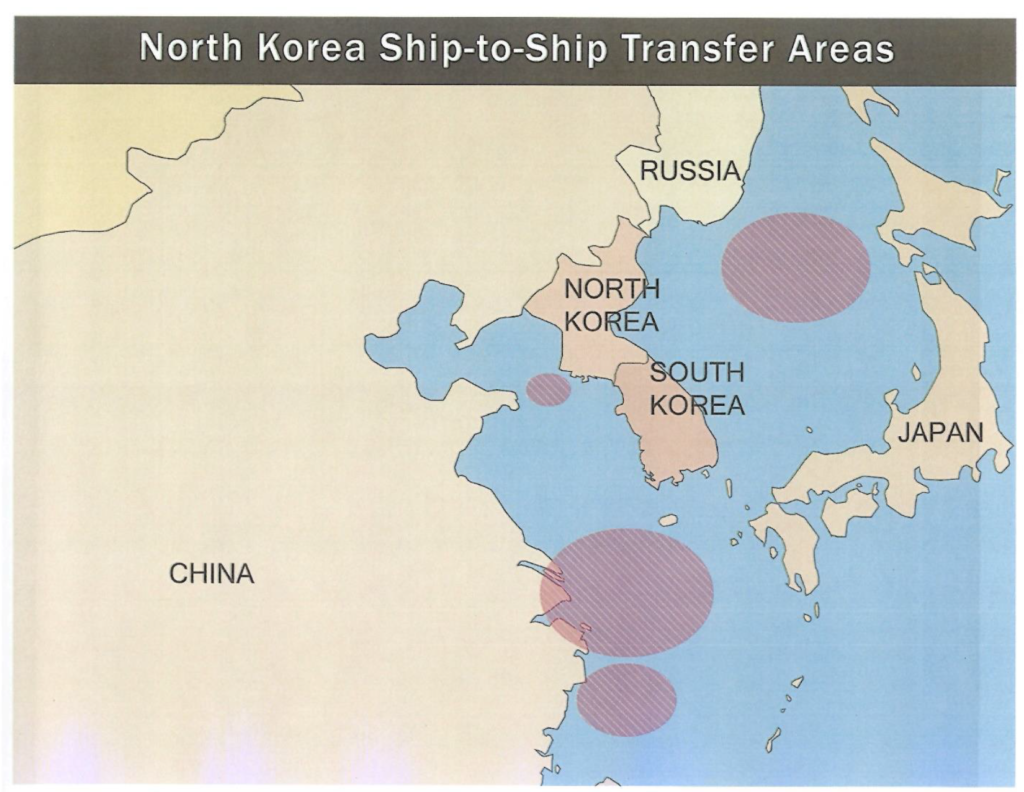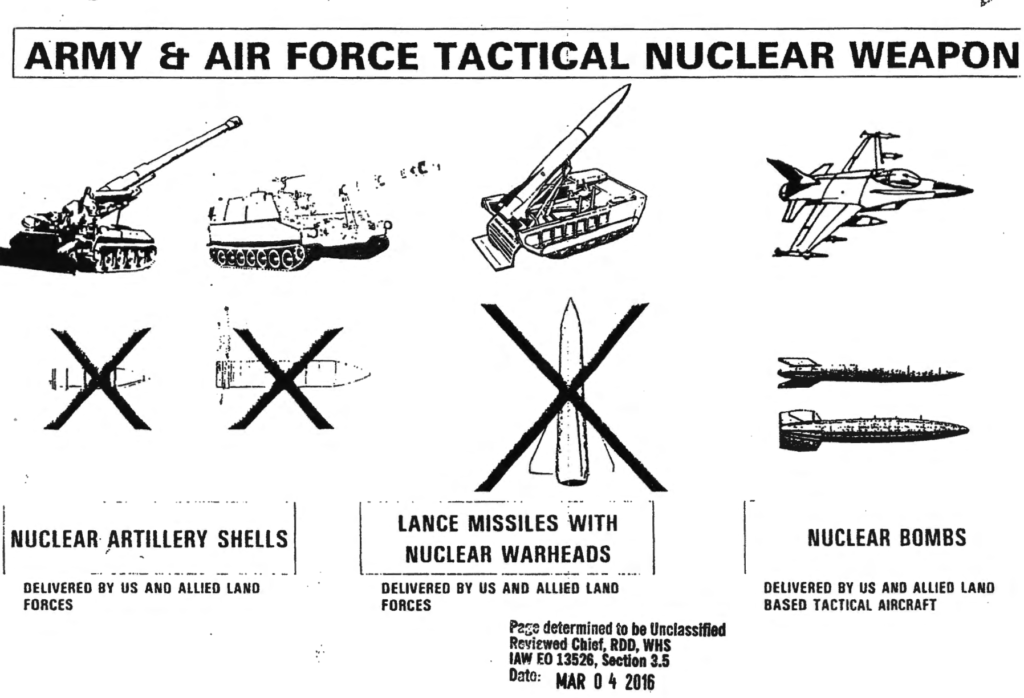While looking for something else, I came across this piece by Gareth Porter, which has some good primary source material on the Iran NIE.
For example, this section has some material based on interviews with Paul Pillar:
Robert D. Walpole, the national intelligence officer for strategic and nuclear programs and formerly a weapons analyst in WINPAC’s predecessor, the [CIA Nonproliferation Center], had the lead in the 2001 estimate. That meant that he would determine what would be included in the first draft, as Pillar observed.13 WINPAC’s technical analysts dominated the process, writing not only about Iran’s capabilities in regard to possible nuclear weapons but also the crucial section on Iran’s nuclear intentions, according to Pillar, even though that was not their expertise.14 Those analysts who had the expertise to assess Iran’s intent in light of the full range of evidence were again sidelined.
Pillar recalled that the basis for the [2001 NIE’s] conclusion that Iran intended to go to nuclear weapons was “a matter of inference, not direct evidence.”15 Pillar and other analysts believed that the Iranian regime had not made a decision to build nuclear weapons and that Iran’s decision on manufacturing nuclear weapons would be especially influenced by United States policy — particularly whether the United States pursued an aggressive policy toward Iran or was willing to offer security assurances to Tehran. Citing pragmatic arguments made by Iranian officials against possession of nuclear weapons, among other indications, they argued that Iran was pursuing a “hedging strategy” aimed at having the technical know-how and capability to acquire nuclear weapons but refraining from a decision to proceed with a nuclear program for the indefinite future. But the WINPAC analysts tended to be uninterested in such arguments, according to Pillar: “Some of them would say, ‘Don’t give me that Iranian-decision-yet-to-be-made approach. They’ve already decided!'”16
Because two dramatically different points of view had been expressed during the discussion of the draft, the participants either had to agree on compromise language or to register fundamental disagreement on the conclusions. The negotiations focused on the order of key sentences representing the two competing conclusions. The side that prevailed got its conclusions into the very first two sentences, Pillar said, whereas the competing conclusion might only appear in the third paragraph.17
<snip>
Essentially the same dynamics were repeated in the 2005 NIE on Iran’s nuclear program. WINPAC analysts reaffirmed their previous assessments about the Iranian nuclear program. And Pillar and other country and regional analysts again argued that Iran had not made any decision to weaponize and was engaging in a “hedging” strategy. The first sentence of the key conclusions in the 2005 estimate assessed “[w]ith high confidence that Iran currently is determined to develop nuclear weapons despite its international obligations and international pressure, but we do not assess that Iran is immovable.”20 Despite the “high confidence” claimed in that conclusion, however, no evidence had come to light of any Iranian nuclear-weapons design work, according to Pillar.21


